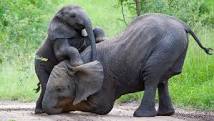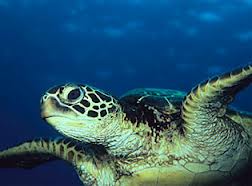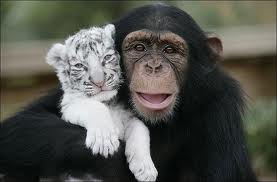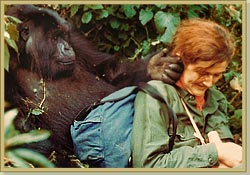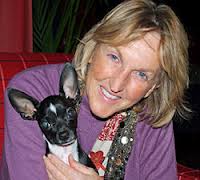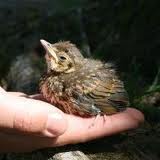I recently purchased a book that has some excellent and easy to read scientific facts. The book is entitled, ‘Bite-Size Science Everything You Need To Know About Science in Small, Easily Digestible Portions’ written by Robert Dinwiddie. Here are just some of the facts:
ENVIRONMENT
The three main causes greenhouse gases: Carbon dioxide (Co2) makes up about 74 percent of the greenhouse gas emissions that are caused by human activity, methane about 16 percent, and nitrous oxide about 9 percent, below are the relative contributions of different human activities to emissions of these three greenhouse gases.
Sources of Greenhouse Gases
- 12% Road transport
- 2% Aviation
- 2% Other transportation
- 28% Homes and offices
- 31% Industry
- 17% Deforestation and other changes in land use
- 8% Fossil fuel production, mining, and distribution
Nitrous Oxide Emissions
- 6% Industry
- 26% Deforestation and other changes in land use
- 62% Agricultural activities and by-products
- 2% Waste disposal and treatment
- 4% Other
Methane Emissions
- 5% Homes and offices
- 7% Deforestation and other changes in land use
- 30% Fossil fuel production
- 40% Agriculture activities and by-products
- 18% Waste disposal and treatment
Where have the extra carbon dioxide (CO2) and other greenhouse gases that have entered the atmosphere over the past 100 years come from? Natural emissions of CO2, such as those produced by volcanic eruptions, are undoubtedly greater than those produced by human activity, but over periods longer than a few years CO2 emissions from these natural sources had been closely balanced by the absorption of the gas by natural “sinks” such as the oceans and green plants. Climate scientists are therefore confident that most of the measured CO2 rise has come from the burning of fossil fuels-coal, crude oil, and natural gas-used to provide energy for transport and to generate electrical power and heating for industry, homes, and offices. Much of the rest of the extra CO2 in the atmosphere has come from deforestation-the clearing of forests and the burning of wood. This releases carbon that was previously “locked up” in trees in the form of cellulose or other carbon-containing chemicals. Some additional CO2 emissions come from the mining, production, and distribution of fossil fuels.
If we continue to demand so much of our planet and continue to deplete our natural resources by deforestation, drilling and relying on fossil fuels, what will our future planet look like? Isn’t it time we really think about preserving our rivers, lakes, oceans and forests and move towards a more sustainable and renewable energy sources?
HEALTH
The resting body uses energy at the same rate as a standard 100-watt lightbulb.
Thinking uses a lot of energy – the brain consumes one-fifth of all the energy used by a body at rest.
The recommended daily limit of salt is 6 grams (1/2 oz) yet some ready-made meals contain three times this amount.
If a food label lists “sodium” instead of “salt,” multiply the amount of sodium by 2.5 to get the quantity of salt.
Food is fuel. Like any machine, the human body needs fuel for energy – to move around, keep warm, and to power the heartbeat, breathing, digestion, and even thinking. But food is more than fuel. It also supplies nutrients and raw minerals for growth, maintaining and repairing body tissues, and making sure all internal processes work smoothly. So what you eat is as important as how much. This leads to the idea of the food pyramid. It shows foods we should consume in large amounts, those to limit, and those to avoid. A “balanced diet” means eating the correct amounts, in proportion, of a range of dietary components.
Carbohydrates provide energy. They are found in starchy foods like grains, breads, pasta, and potatoes. Proteins supply amino acids for tissue growth, maintenance, and repair. They are mainly found in meat, fish, dairy produce, and legumes. Fats and oils are needed for body tissues like nerves, but only in small amounts. Plant oils are healthiest. Vitamins and minerals are required for hundreds of internal processes; among the best sources are cereals and cereal products, and fresh fruits and vegetables, all of which also supply dietary fiber. Foods of animal origin also supply many vitamins and minerals. Last and far from least is water – in general at least two to three quarts (or litres) should be drunk a day.
KEY POINTS
- The bulk of your intake should be cereal products such as whole grain bread, vegetables, and fruits. These provide energy, vitamins and minerals, and dietary fiber.
- Put a limit on foods high in fats, oils, and sugars, such as chocolate. They are “empty calories” with too much energy and few other nutrients.
- Alcoholic drinks provide calories (energy) from their alcohol and carbohydrate content, but little or no other nutrients. High consumption of alcoholic drinks is a frequent contributor to weight gain.
- Too many sugary foods such as cookies and cakes give a “rush” of energy that soon fades. The body prefers the slow release, complex carbohydrates found in whole grains, potatoes, and other starchy vegetables.
- Animal fats and oils in red meats, processed meats such as salmis and burgers, fried foods, and cheeses are linked to high cholesterol, obesity and heart disease.
So it is true that we are what we eat and that our bodies should be treated like temples. Treat your body with kindness, love and respect and feed it a mostly plant-based diet and it will give you vitality, happiness and health.
Along with the information shared above on the environment and our health, this book provides so much more information about other issues such as; particle physics, the big bang, climate change, drug abuse, health scares, human genome, Einstein & relativity, black holes, Darwinian evolution, alternative fuels, cloning, animal testing, stem cell research and so much more.
Robert Dinwiddie has worked for over 30 years as a science writer, editor, and educator in a variety of media, including books, magazines, and electronic publishing. Holding an MA honours degree in Natural Sciences from the University of Cambridge and an MSc in Oceanography from the University of Southampton, he has written, edited, or contributed to scores of science-related books on a wide range of subjects ranging from astronomy and earth science to medicine and modern-day technology.
You can purchase a copy of the book at your favourite bookstore.
Together, we can make the world a more positive one!























